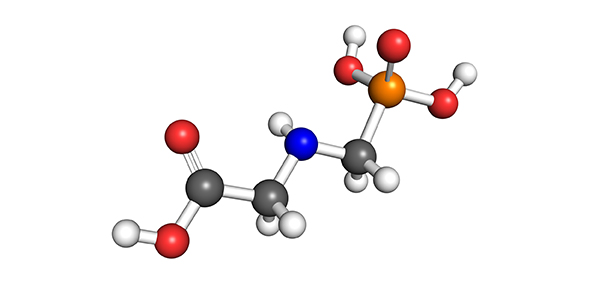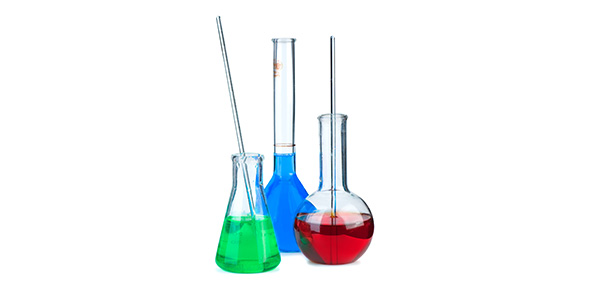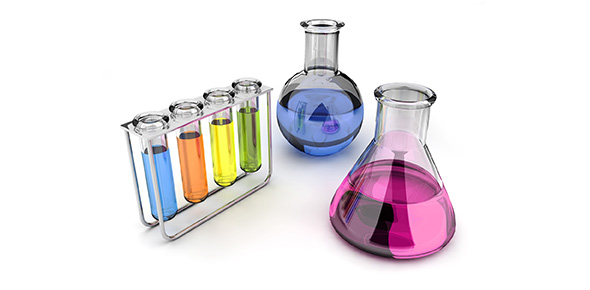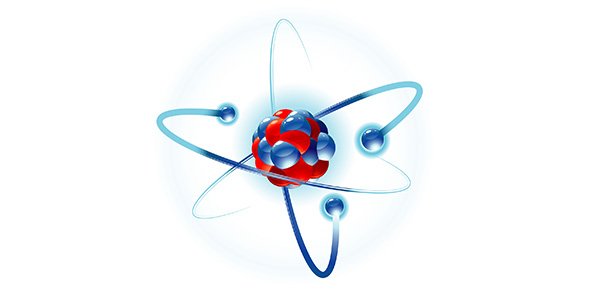Related Flashcards
Cards In This Set
| Front | Back |
|
Monosaccharides
|
Simple sugar, such as glucose. mono meaning one.
|
|
Disaccharides
|
Containing two monosaccharides, combined from a condensation reaction.
|
|
Polysaccharides
|
Composed of three or more monosaccharides.
|
|
Amino acids
|
Contains carboxyl group and amino acid group, makes up a protein.
|
|
Protein
|
Organic compounds, composed mainly of carbon, hydrogen, and nitrogen.
|
|
Enzyme
|
RNA or protein molecules that acts as biological catlysis, essentional for functioning any cell.
-acts on a specific substrate because only that one fits into its active sight.
-the change in enzymes shape weakens chemical in substrates, it reduces activation energy, the energy needed to start the reaction.
-enzyme may not work if the environment changes.
|
|
Substrate
|
The reactant being catalyzed.
|
|
Active sight
|
The sight on an enzyme that attaches to a substrate.
|
|
Lipids
|
Large, nonpolar organic molecules.
|
|
Fatty acids
|
Unbranched carbon chains that make up most lipids.
|
|
Phospholipids
|
Have two, rather than three, fatty acids attached to a molecule or glycerol.
|
|
Wax
|
Type of structural lipid consisting of a long fatty acid chain joined to long alcohol chain.
|
|
Steroid
|
Molecules that are composed of four fused carbon rings with various funtional groups attached to them.
|
|
Nucleic acid
|
Very large and complex organic molecules that store and transfer information in the cell.(polymer)
|
|
DNA
|
Information that determines the characteristics of an organism and directs its cell activities.
|







